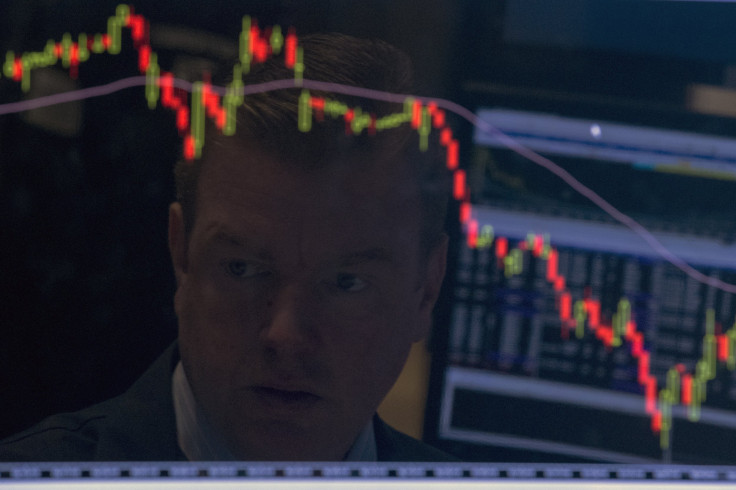What Is Rule 48? New York Stock Exchange Invokes Rare Trading Measure For Second Day In A Row, Dow Rises By 400 Points

The New York Stock Exchange invoked Rule 48 on Tuesday, the day after the Chinese market meltdown knocked more than 1,000 points from the Dow Jones Industrial Average at the beginning of trading Monday, CNBC reported. [The Dow ultimately closed down 588 points Monday.] While fears about Chinese markets and interest rates have lingered over the last two days, the Dow has showed signs of recovery, rising by more than 400 points after Tuesday's opening bell.
Global markets rallied after the China's central bank announced plans to cut its lending rate to 4.6 percent, a move that the People’s Bank of China said would provide long-term liquidity that would help the economy. The Shanghai composite index dropped 7.6 percent after an 8.5 percent loss the day before.
Rule 48 is a mechanism created by the Securities and Exchange Commission to ensure orderly trading when the financial markets experience a high level of turbulence. It speeds up the opening by suspending a requirement that stock prices be approved by stock market floor managers before trading starts.
Rule 48 can be executed only when a number of special conditions exist. They include volatility during the previous day’s trading, trading in foreign markets before the open, and government announcements. The rule has been used only a few times in recent history, including during the global recession in January 2008 and in May 2010. It was nearly invoked again earlier this year when snowstorms swept across the U.S.
This week, Rule 48 was initially invoked Monday after the market opened to a large numbers of trades. The cumulative amount of trading on Tuesday hit 13.94 billion shares, the highest volume since Aug. 10, 2011. Composite trade volume hit 6.57 billion, the heaviest since Oct. 27, 2011, CNBC reported.
© Copyright IBTimes 2024. All rights reserved.





















